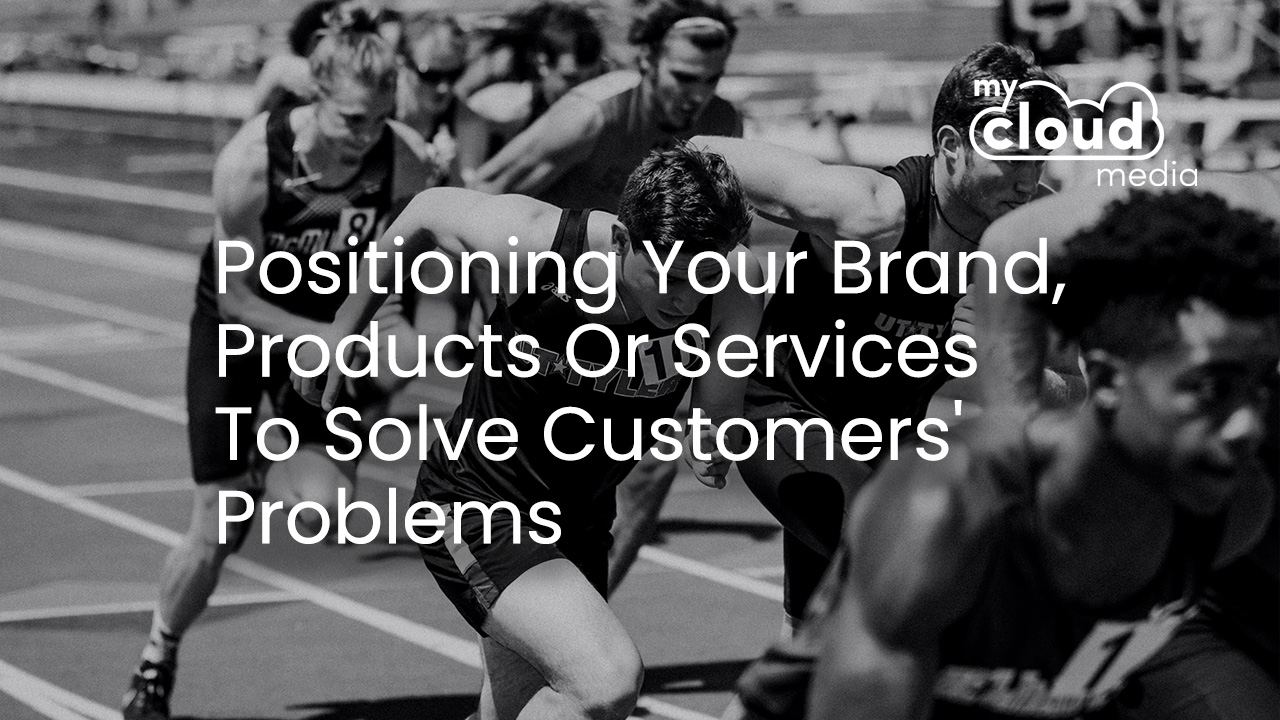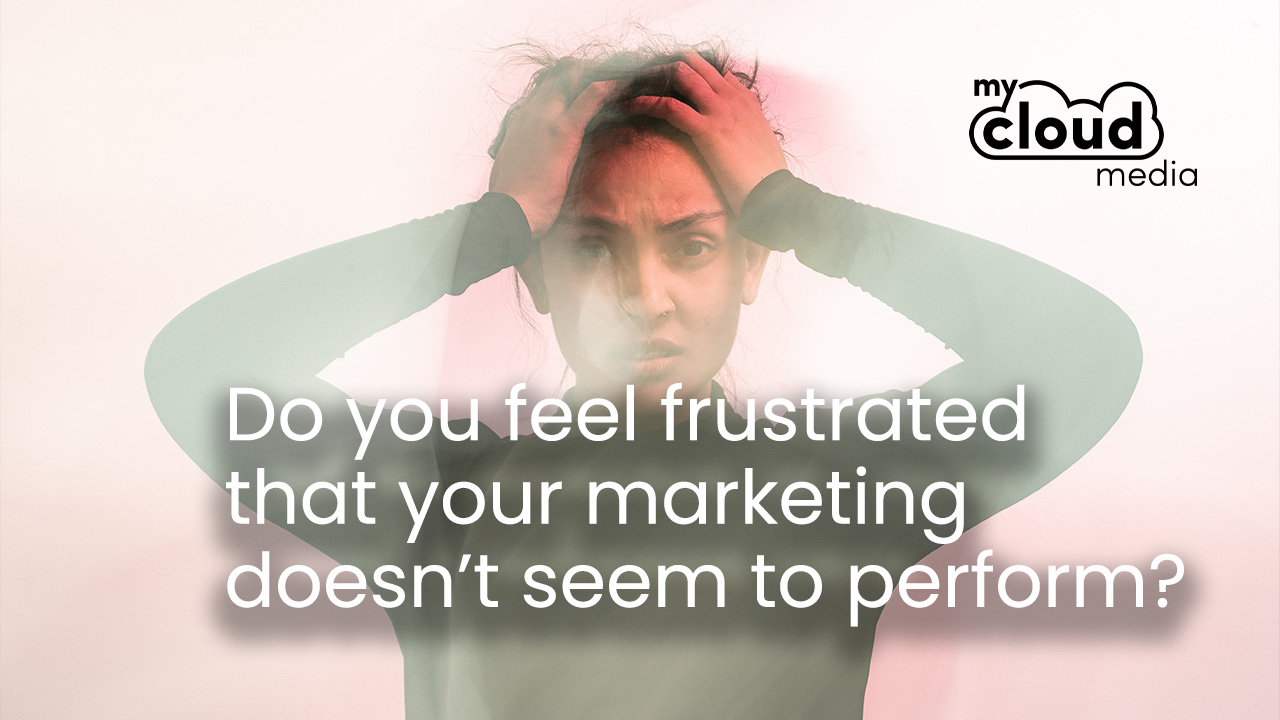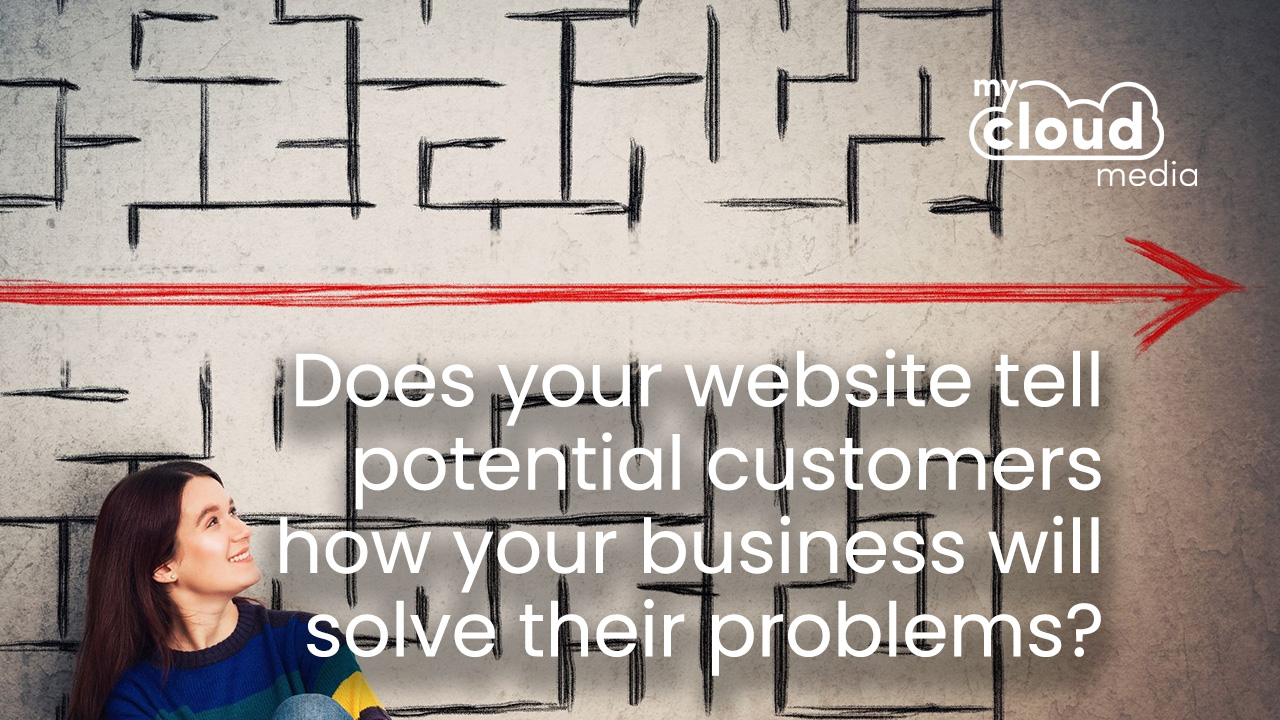Want to see how myCloud Media can help your business?
Thank you for contacting us.
We will reply to you in the next 24-48 hours.
Sadly, many are overlooking the value of solutions-based positioning in favour of other strategies. This means they could be missing out on generating leads by failing to align their approach to customer needs.

Almost every organisation knows that they need to position themselves to their customers in the right way, and the importance of doing so. The problem is that there are many different positioning strategies:
>> Positioning yourself as a provider of products and/or services
>> Positioning yourself based on your price point
>> Positioning yourself in terms of quality
>> Positioning yourself as a leader or authority within your industry
The final positioning strategy is one of the biggest factors standing in the way of success today.
Right now, there’s a huge focus on businesses positioning themselves as an authority thanks to the introduction of Google’s EAT - expertise, authority, trustworthiness - algorithm. In 2020, Google confirmed it was one of the many ‘different signals that our automated systems use to rank content’.
It’s clear that establishing your business as a leader is vital, not only in terms of SERPs visibility but also in terms of influencing the decision-making process.
However, in focusing exclusively on authority, many are finding that their digital marketing efforts - and investments - are failing to drive desired results.

If you’ve conducted a competitor analysis and you’re finding that the competition appears to be thriving while you’re struggling to meet your targets, it’s natural to focus on your product.
But the truth is that there may be absolutely no difference at all in terms of product selection. What may be different, however, is the way in which the competition is presenting their products to their potential customers.
There are two ways to position your offerings:
This form of positioning focuses on your products: what they are, what they do, their features, their functions, their design… anything related to the product itself.
This method positions your business as a provider, supplier, developer, or manufacturer of specific products/services.
This form of positioning focuses on your buyer. It considers the customer’s problem - why they’re seeking the product or service - and essentially works backwards to explain to the customer how that product or service will solve the problem they’ve been experiencing.
Ultimately, it’s the latter that sparks a conversion. It’s rare that a purchasing decision is made 100% randomly. There is usually a trigger - an underlying problem - that sets the buying process in motion.
It’s often said that customers don’t buy products, but ‘results’; they buy something beneficial to them.
And so if you’re finding that your marketing efforts aren’t delivering the kind of results you’d been hoping for, it’s worth adapting your strategy to position yourself as a solution; position yourself as a problem solver.

Today’s buyers are doing more research online than ever before. In fact, in many cases, customers already have most of the information they need before they even reach out to an organisation.
One thing they often can’t find out from a website, however, is how a product can solve their problem.
Take a look at your digital presence through the eyes of your target audience.
~ Are you proud of your website?
~ Does your website align with the needs of your buyer?
~ Does it position your business as a problem solver?
~ Does it make it easy for buyers to understand how you can introduce a solution?
Essentially, what you need to ask yourself is whether you can connect the dots between what you’re offering, and what your customers need.
If not, don’t worry. Here are two things that can help you:
Think back to previous conversions you’ve had with customers.
Do any trends emerge in terms of recurrent problems or issues or concerns?
If you use a chatbot, have multiple prospects mentioned similar pain points?
Collate this data and use it to shape your positioning strategy.
Take a moment to consider the expertise of your team.
Or the tools that you use internally. Or the background of your organisation.
There are often many overlooked aspects across these areas that can help to solve customer problems, and these should play a part in your positioning.
Together, customer analysis and business analysis can be used to package together the information you present through your website.
And through other resources such as brochures for your products and services - to better position your organisation as the solution that your customers need.
Thank you for contacting us.
We will reply to you in the next 24-48 hours.
Discover Your Online Success Score
We have teamed up with ScoreApp to launch our new ONLINE SUCCESS scorecard. Designed to let you understand the key metrics to PROMOTE lead generation and sales growth for your business.
How to be an Effective Digital Content Creator with the Help of AI Tools
We all want to be effective digital content creators, don’t we? AI tools might just be the answer, but we still need a people-centric approach when developing our content marketing strategies.
POSITIONING Your Brand, Products Or Services To Solve Customers' Problems
No matter what industry you operate in, building influence and driving revenue always begins in the same way: by positioning your organisation or brand as a solution to your audience’s problem.
How do you REACH out and build relationships with new customers?
We say "people buy from people". But we specifically buy from people and companies we know, like and trust. Building familiarity with the right potential customers takes time, however, you can use a few key tried and tested digital strategies to reach your audience in quick and measurable ways.
Why The Right OFFERS Nurture The Right Marketing and Sales Leads
‘If you build it, they will come.’ That’s how the old saying goes. But in the land of lead generation and growth marketing, it doesn’t quite ring true, does it?
To MOTIVATE your Audience, the Cogs in the Sales Process Must Always be Turning
Optimising your digital efforts to attract and engage audiences is a great way to get them where they need to be: your website.
OPTIMISE for Success... Know What your Customer Wants and Understand What Works
Understanding the buyer journey is key to creating great campaigns that your prospective customers should – in theory – love.
How to TARGET your Ideal Customers for Retention and Repeat Sales
Marketing? Check. Conversion? Check. Sales? Check.
At this point in the game – when a customer commits and purchases a product or service – many organisations pat themselves on the back for a job well done.